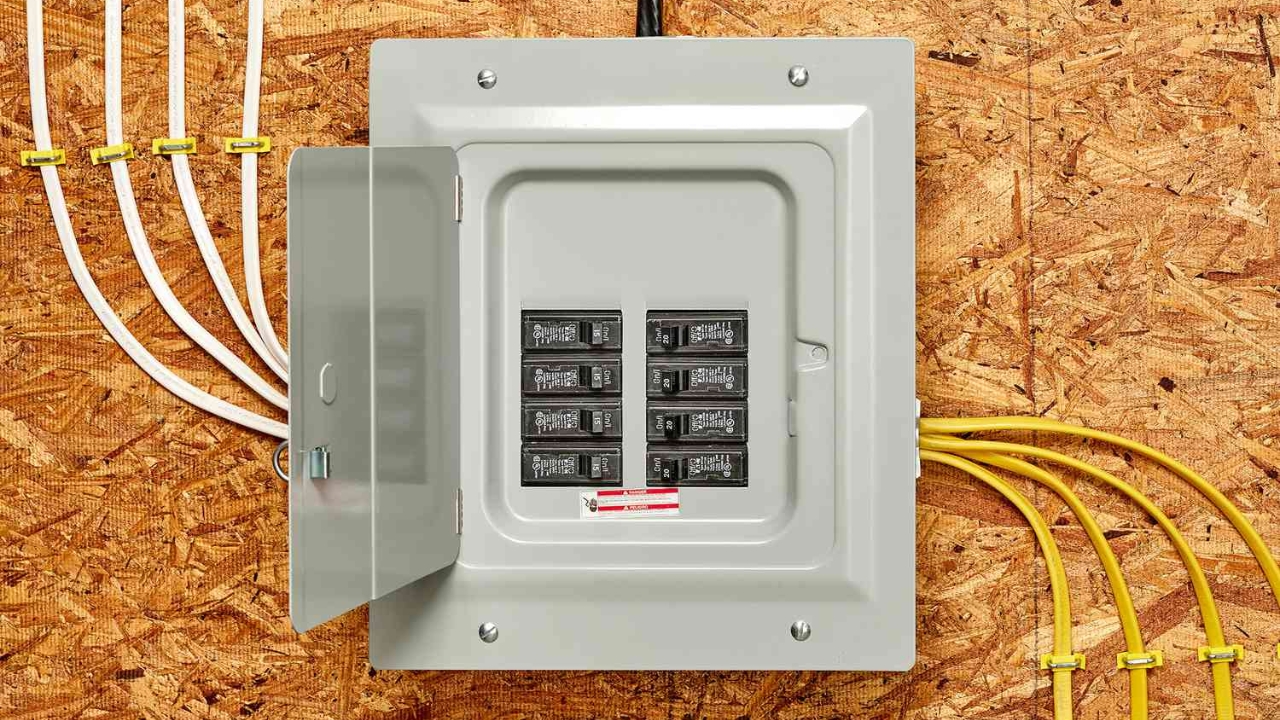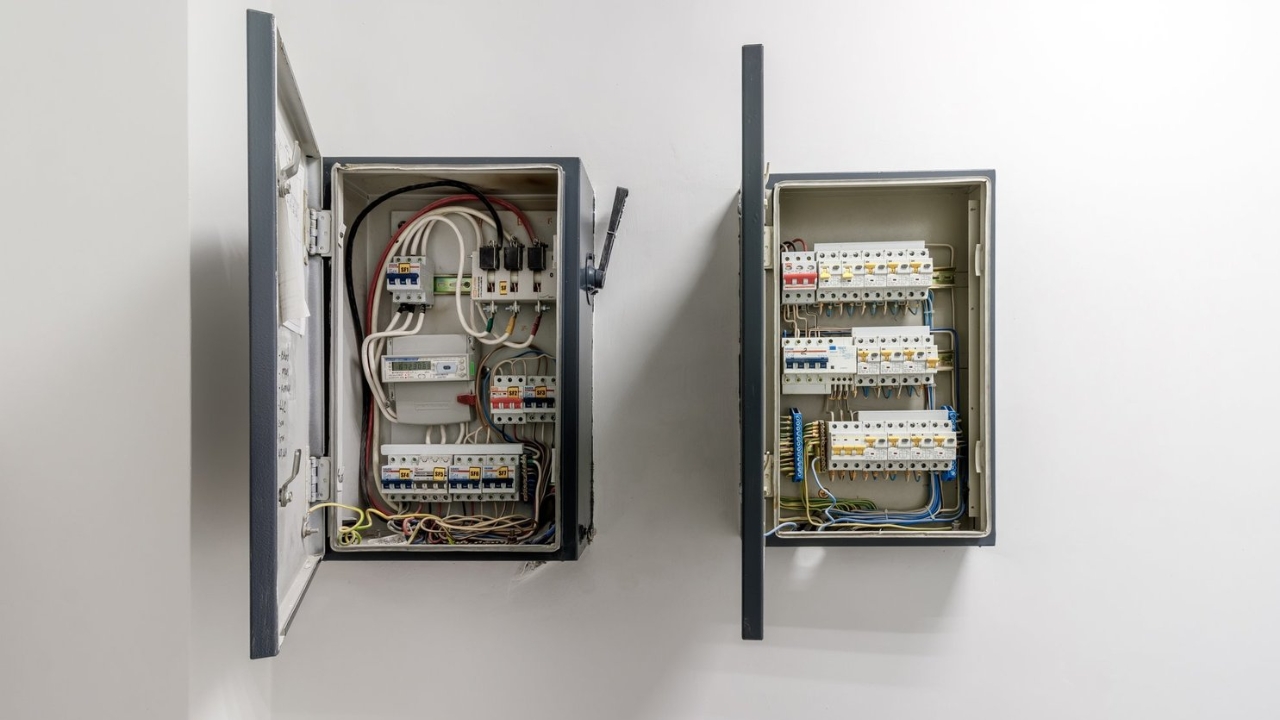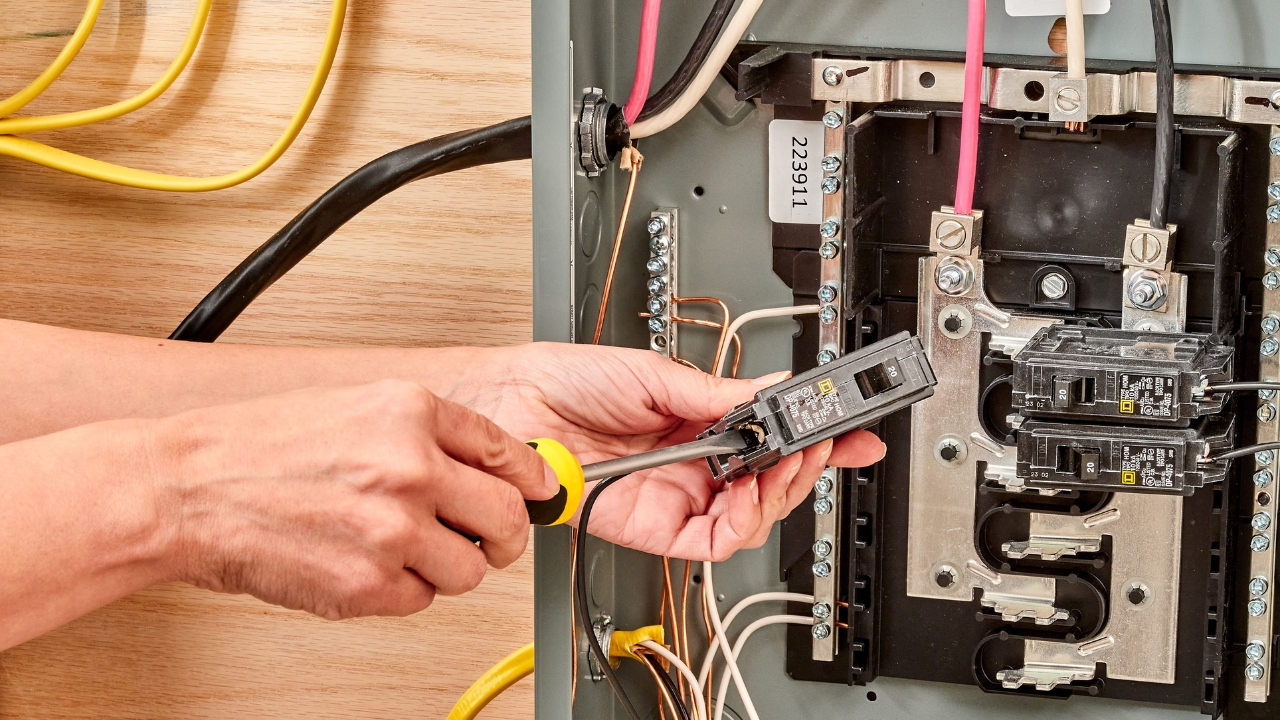Electrical panels are very important for the distribution in buildings and homes. The main electricity source is the main panel, while the sub panel helps in extending the power to other areas. This guide explains what they are and the differences between both of them.
What is a Main Panel?

A main panel is the primary source of electrical distribution in your property. Also referred to as a service panel, this panel gets power from the utility company and spreads it across different circuits with the help of circuit breakers. The main panel features a main breaker, which takes charge of the whole electrical system.
What is a Sub Panel?

A sub panel functions as a secondary source of electrical distribution. It takes up power from the main panel and discharges it to other areas. The breaker in the main panel feeds it the power which it distributes to different circuits. Although a subpanel features no main breaker, it manages space by organizing wires and reducing long ones. This panel distributes efficient power in different areas of your building.
Main Panel vs Sub Panel: The Differences

Both main panels and sub panels play important roles in power distribution and management in your building. However, these two panels are different in terms of their function and power source. It is important you understand how they operate to help you maintain safety in your building.
Function
The main panel acts as the primary source of power distribution on your property. It gets direct electricity from the utility company and then discharges this power to various circuits in your entire building. So, you can say it plays the role of controlling and managing the whole electrical system of a house.
Sub panels, on the other hand, serve as the secondary point of electrical distribution. They work by extending the power they get from the main panel to different areas in your building. For instance, your garage, workshop, or basement get power from your sub panel.
Asides from this function, a sub panel keeps circuits organized, thereby helping to manage power loads. Although a sub panel doesn’t get power directly from the utility company, it uses circuit breaker and feeder wires to receive power from the main panel.
Power Source
Another difference between your main panel and sub panel is where they get their power. A main panel gets its power directly from the power lines of your utility company. This makes it the basic point of electricity distribution in your home. It plays the role of regulating the power it gets and ensuring smooth distribution to other circuits in your building.
A sub panel, however, can’t feed directly from the utility. It gets its electricity from the main panel with the help of a feeder breaker. Therefore, the capacity of the power the sub panel gets depends on what the breaker discharges. It is safe to say the sub panel depends mainly on what the main panel feeds it.
Main Breaker
Your main panel always comes with a main breaker. The function of this main breaker is to switch off or disconnect power from your electrical system. Also, this breaker prevents power overload and causes a shutdown of the event of an emergency or maintenance. The total power load of your entire building will determine the size of the breaker. Most times, breakers usually have amps within the range of 100 and 400.
This is different with sub panels as they feature no main breaker. The main breaker controls the power given to the main panel. However, there are large-size sub panels that may feature a main breaker. Such sub panels will still depend on the main panel’s feeder breaker for power.
Neutral and Ground Separation

A main panel is different from a sub panel considering the separation of neutral and ground wires.
Your main panel features ground and neutral wires. These wires have a bond which connects them to a single point. Bonding the wires together helps to ensure safe grounding and minimize any risk of electrical faults in your building. Also, the main grounding electrode links to the main panel to ensure there is a safe path for excess power to discharge into the ground.
Sub panels usually have their ground and neutral wires separated. The ground wires connect to a ground bus bar while the neutral wires connect to a neutral bus bar. Bonding the ground and neutral wires together in the sun panel and main panel will cause danger. This would result in a ground loop where there would be a high risk of electrical shock.
Common Amperage
The amperage rating of a main panel is usually very high. It ranges from 100 to 400 amps. This helps it carry the electrical load of the whole building. If your home appliances demand high power load, you might need a larger main panel that has greater amperage.
On the other hand, the amperage of sub panels is usually low. It ranges between 50 and 125 amps, based on the power demands of the certain area you are using it. The size of your main panel’s breaker determines the amperage capacity of your sub panel.
Installment Area
The area you install your main panel and sub panel differ. This is because they have different electrical layout and functions.
When installing your main panel, you should install it close to the electric meter. You can place this at the main entrance of your building, enabling quick access to the panel. Also, you will be able to have a direct connection to power supply from your utility company. In residential areas, you will find out the main panel is usually installed on garages, exterior walls, or basements.
Meanwhile, you need to install your sub panel in remote areas where you need extra circuit management. Common areas where you can install these panels are attics, workshops, or garages. When installing your sub panel you need to consider your wiring runs. It is crucial to look for ways to reduce long wiring to ensure smooth power distribution to certain locations in your property.
Conclusion

You need to understand how a main panel functions differently from a sub panel. This will help you make better decisions during installation or upgrade. It is very important you choose the right panels for smooth distribution of power. You can visit KDM Steel for any of your electrical panel needs today.



